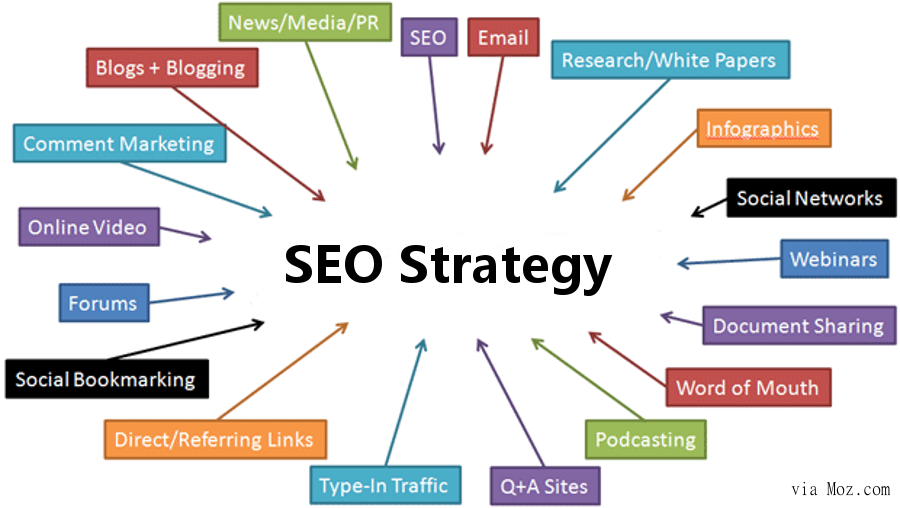Revealing the Unconventional Mediums in Google Analytics Beyond Default Settings
In the world of digital analytics, Google Analytics stands as a keystone for organizations looking for to recognize their on-line visibility. By venturing beyond the surface and diving right into the details of social media data, email project performance, recommendation web traffic sources, direct traffic patterns, and customized network collections, a treasure chest of information waits for those eager to embrace a much more nuanced method.

Leveraging Social Media Site Insights
Occasionally overlooked, yet greatly important, is the method of leveraging social media insights within the world of Google Analytics. By integrating information from platforms like Facebook, Twitter, Instagram, and LinkedIn right into Google Analytics, organizations can get a much deeper understanding of their audience and the efficiency of their social media campaigns.
Through this assimilation, marketing professionals can examine and track customer behavior on their internet site that stems from social media sites systems. They can determine which social media channels are driving one of the most traffic, which content is reverberating with the target market, and which projects are transforming one of the most leads. This insight permits for data-driven decisions to enhance social media sites techniques and enhance total advertising and marketing efficiency.
Furthermore, by integrating social media insights with Google Analytics, services can develop more targeted and personalized campaigns - what is not considered a default medium in google analytics. They can use group details, passions, and on the internet habits collected from social media to refine their target market division and supply tailored messages that reverberate with particular customer teams. This targeted approach can bring about greater engagement, enhanced conversions, and eventually, enhanced roi
Revealing Email Project Efficiency
Revealing Email Campaign Performance entails examining vital metrics and efficiency signs to evaluate the efficiency of e-mail advertising and marketing efforts. When delving into e-mail campaign performance, it is vital to analyze metrics such as open prices, click-through rates, conversion rates, and unsubscribe prices. Open rates indicate the percentage of receivers that opened up the email, offering insight into the performance of subject lines and sender names. Click-through prices determine the portion of recipients that clicked web links within the email, revealing interaction levels. Conversion rates track the percentage of recipients who finished a preferred activity after clicking on a web link in the e-mail, such as authorizing or making a purchase up for an e-newsletter. Last but not least, unsubscribe rates highlight the variety of receivers who pulled out of getting more e-mails, clarifying e-mail material high quality and relevance. By evaluating these metrics, online marketers can adjust their e-mail projects for better interaction and efficiency.
Studying Recommendation Website Traffic Resources
After assessing the efficiency of email campaigns with crucial metrics such as open prices and conversion rates, the next crucial step is assessing referral web traffic sources in Google Analytics to recognize where internet site visitors are originating from and how they engage with the website. Reference website traffic sources refer to the internet sites that route individuals to your website with clickable links. By diving into this information, companies can obtain insights right into which exterior platforms are driving web traffic to their website, whether it be social networks platforms, companion websites, or online directories.
Assessing recommendation website traffic can offer important details on the performance of outside marketing efforts and partnerships. It assists organizations identify high-performing reference sources that contribute significantly to website web traffic and conversions. In addition, by understanding the habits of visitors coming from different reference sources, businesses can customize their marketing methods to enhance engagement and conversions. Google Analytics provides in-depth reports on recommendation traffic, enabling businesses to track the performance of each referral resource precisely and make data-driven decisions to improve their online visibility.
Discovering Direct Website Traffic Patterns
Checking out the straight web traffic patterns in Google Analytics supplies beneficial insights right into individual behavior and the efficiency of projects - what is not considered a default medium in google analytics. Straight web traffic refers to visitors who arrive on an internet site by straight keying the link right into their browser, making use of book marks, or clicking on untagged links. Comprehending direct traffic patterns can aid marketing experts review the effect of offline marketing initiatives, brand name recognition, and the effectiveness of word-of-mouth references
By delving right into straight web traffic information, businesses can reveal essential information about individual intent and brand name commitment. Analyzing the habits of direct site visitors, such as the web pages they go to, the moment spent on site, and the conversion rate, can offer a deeper understanding of user involvement and the total effectiveness of the website in transforming visitors right into consumers.
In addition, tracking direct traffic patterns over time permits businesses to identify fads, seasonality impacts, and the success of certain campaigns or promotions in driving direct check outs. This info can after a fantastic read that be utilized to fine-tune advertising and marketing strategies, maximize website material, and enhance the total user experience to make the most of conversions.
Making Use Of Customized Channel Groupings
Utilizing custom channel collections in Google Analytics enables services to categorize and analyze their web site web traffic based upon specific requirements, providing useful insights for maximizing advertising strategies. Custom channel collections make it possible for companies to produce their very own tailored groupings of web traffic sources, such as social networks, natural search, email campaigns, and recommendation traffic. By defining these groups, organizations can get a much deeper understanding of how different marketing channels add to their internet site traffic and conversions.
This feature is particularly beneficial for organizations with varied marketing methods across various platforms. For instance, a company running both paid and natural social media campaigns can distinguish between the 2 to evaluate their individual performance precisely. Additionally, custom-made network collections can assist determine any type of forgotten or undervalued traffic resources that might be driving valuable interaction.
Final Thought

By venturing past the surface area and delving right into the intricacies of social media information, email project efficiency, reference web traffic sources, straight website traffic patterns, and custom channel collections, a prize trove of info awaits those ready to accept a much more nuanced strategy. They can recognize which social media channels are driving the most traffic, which content is resonating with the target market, and which campaigns are transforming the most leads.After evaluating the performance of e-mail campaigns through essential metrics such as open rates and conversion rates, the following vital action is evaluating referral web traffic sources in Google Analytics to understand where internet site site visitors are coming from and how they connect with the site. Personalized channel groups make it possible for firms to develop their very own personalized groupings of website traffic resources, such as social media, organic search, email campaigns, and recommendation web traffic. By leveraging social media understandings, discovering email campaign efficiency, examining recommendation traffic what is not considered a default medium in google analytics resources, checking out straight web traffic patterns, and utilizing custom network groupings, marketing experts can get useful understandings into their on the internet visibility.